Mizudashi: Cold Brew Tea in Japanese

Japanese tea, as is well known, requires care in preparation: water temperature, quantity of tea leaves, brewing time – all of this plays a role in achieving the perfect tea experience. But did you know that you can also cold brew and enjoy Japanese tea? In no time, it becomes a refreshing and soothing summer beverage: our secret tip for the warm season.
Into the summer with a cool head
As the sun's rays become stronger and temperatures rise, the desire for effective refreshment grows. While many still prefer lemonade and similar drinks, an increasing number of people have discovered cold tea as a flavorful, healthier, and refreshing thirst quencher. The fan base for the natural alternative of cold tea is growing from summer to summer.
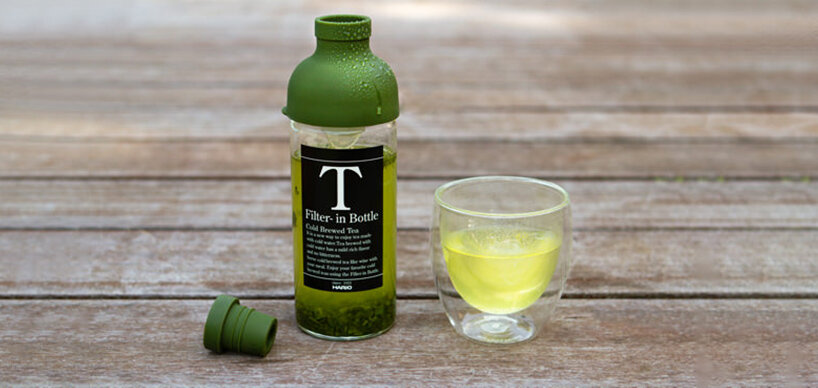
Iced tea is mainly known in its classic form: dark, sweet, and with a slice of lemon. There are many variations, whether based on black tea, herbal tea, green or white tea, with fruits or milk, sugar, or syrup. In Asia, where tea plays a particularly important role, cold tea and iced tea are a natural part of daily nutrition, especially during the summer months. The so-called "Sun Tea" is a method of preparation less known in our part of the world. The tea is simply placed in a container with water and left in the sun to steep for several hours.
In our region, you can also find iced tea on supermarket shelves. While the ready-made drinks are convenient, some varieties have a bad reputation as they often contain a high amount of sugar and additives that health-conscious individuals prefer to avoid. Many of these ready-to-drink beverages are no better than certain sodas.
Especially in the United States, it is popular to mix tea and lemonade. However, this Western understanding of iced tea hardly resembles the beverage as it is consumed at the birthplace of Cold Brew Tea. Have you already guessed where it is?
Summer in Japan is infamous for hot and humid days, which can only be endured with plenty of fluids. While Japan also has sweet refreshing drinks, cold unsweetened green tea, available in small bottles from vending machines on every corner, remains far more popular. We have extensively covered the health benefits of green tea elsewhere. In this context, we will focus on why cold green tea is considered one of the best and healthiest thirst quenchers in high temperatures.
The term Cold Brew first became popular for cold-brewed coffee in our region. This can also be very delicious. Cold Brew Coffee is now promoted in many cafes and increasingly prepared at home. Although cold-brewed coffee became popular only in the last decade, the practice of cold brewing coffee and tea has been around for several hundred years and is known as Mizudashi in Japan.
What sets Mizudashi apart? Conventional iced tea or iced coffee is typically prepared with hot water and then chilled. Mizudashi, on the other hand, is the method of making coffee or tea by steeping it with cold water, resulting in a delicious, refreshing, and distinctive beverage.
Since there is no heat, cold brew tea takes longer to develop its full flavor. The advantage, however, is that certain tea components dissolve less or hardly at all in water. This is especially true for tannins, which, in excessive amounts, can make the tea bitter or astringent. Tannins also have another drawback, particularly for individuals with iron deficiency, as certain tannins inhibit the absorption of iron. This means that cold tea has a clear advantage in such cases, especially when consumed with meals.
To ensure that green tea reaches its full potential in cold water, there are a few special considerations to keep in mind during preparation.
While temperature and steeping time are crucial for hot-brewed tea, Cold Brew Tea focuses mainly on time and the quantity of tea leaves. Hot water quickly releases the flavors, but with cold water, this process takes much longer. Therefore, it is common to let the tea steep for a longer period, ranging from 30 minutes to several hours. The practical aspect is that you can hardly oversteep this tea – the longer, the richer the flavor. Since flavors develop less intensely with cold water and may not unfold optimally in the worst case, we recommend using 1.5 to 2 times the amount of tea for the same quantity of water.
Loose tea is undoubtedly the winner. Of course, you can also use tea bags and steep them in cold water. However, even cold tea from finely ground components in bags tends to develop less flavor but more bitterness than cold tea made from loose, larger tea leaves. This is due to the larger surface area of the crushed tea leaves in relation to the volume. Moreover, it's challenging to determine the quantity as precisely with tea bags as with loose tea. Also, high-quality green tea from Japan is rarely found in tea bags.
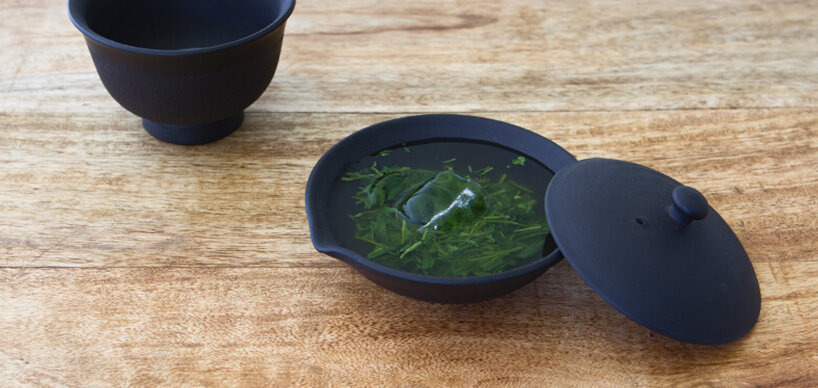
The advantages of cold brew
Why bother preparing cold tea or iced tea yourself? Cold-brewed tea has both health and flavor qualities that set it apart from traditional hot tea. The bitterness and astringency of cold-brewed tea are lower to non-existent. It tastes "softer," fresher, and often comes with a delicate natural sweetness. Additionally, it contains less caffeine, allowing you to quench your thirst without worry. Tea varieties that already have low caffeine content can be enjoyed by most people in the afternoon and evening. According to studies, the health benefits of cold tea are not only better due to the absence of sugar and artificial additives, but more antioxidants, beneficial to health, also dissolve in cold tea.
The main difference between iced tea and Cold Brew Tea is that no sugar is added to the original Cold Brew. Iced tea, on the other hand, is hot-brewed and tends to develop bitter compounds, which are counteracted with sugar to make the iced tea palatable. Classic iced tea typically uses black teas and is often infused with fruits and other flavors. White tea is also popular, as tropical notes complement the beverage well, giving it a summery touch. However, Cold Brew with green tea is gaining popularity, likely because it refreshes and tastes good even without sugar and additives, and is probably healthier. For a particularly delicate flavor, we recommend starting with tea varieties that are naturally milder, such as Sencha and Shincha, or Bancha. Those who prefer a smokier taste can go for Hojicha. This is served cold in Japan's cafeterias and restaurants, in addition to water. Professionals also enjoy cold Matcha – an especially intense treat.
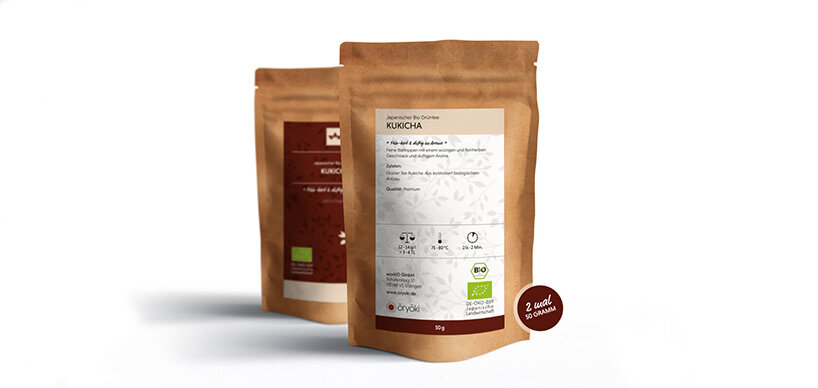
In Japan, primarily two methods are used for preparing cold tea. The first one is traditional and involves hot water. There are even special tea sets for this method, consisting of a small teapot and a matching bowl in which the teapot can be placed. Alternatively, you can, of course, use any large bowl that accommodates your teapot and provides stable support.
How the traditional method works:
If you prefer a less elaborate approach, you can use special cold brew tea pots made of glass or the well-known Filter in Bottle tea bottle from Hario. Cold brew requires no boiling water – a relief in the summer. The preparation is extremely simple:
Green tea is most commonly enjoyed in Japan in its pure form. However, this shouldn't stop you from unleashing your creativity. Feel free to experiment with your cold green tea by adding lemon, plum, or other fruits. Ginger could also provide a flavor that suits your taste. You can even make ice cubes from organic juices to vary the tea.
Conclusion: Enjoy it chilled!
Making Cold Brew Tea is simple. While it requires a bit of patience, this tea costs little effort, offers a completely new taste experience, and allows plenty of room for personal preferences. Moreover, cold tea can be prepared in advance and serves as a welcome refreshment in the summer. One that invigorates and benefits the body. Experience it for yourself and discover the tea variety that tastes best to you when chilled.

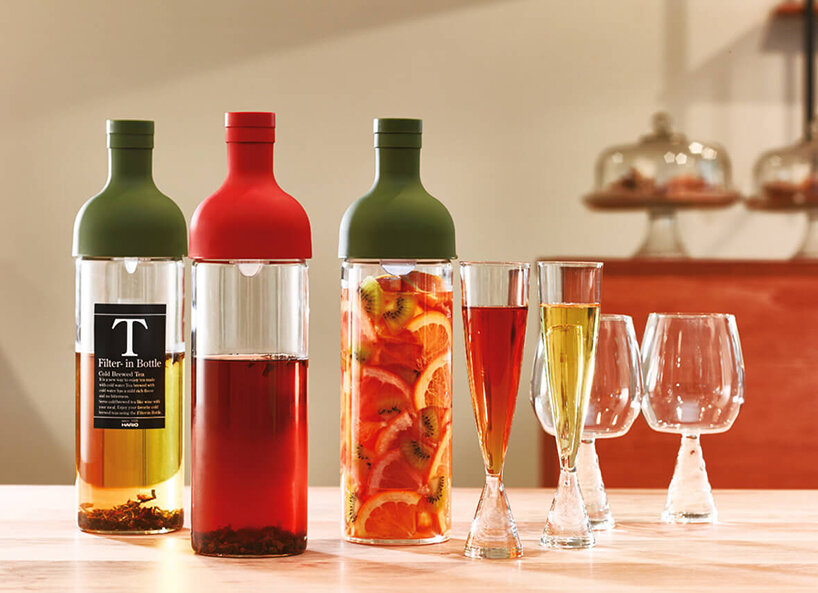
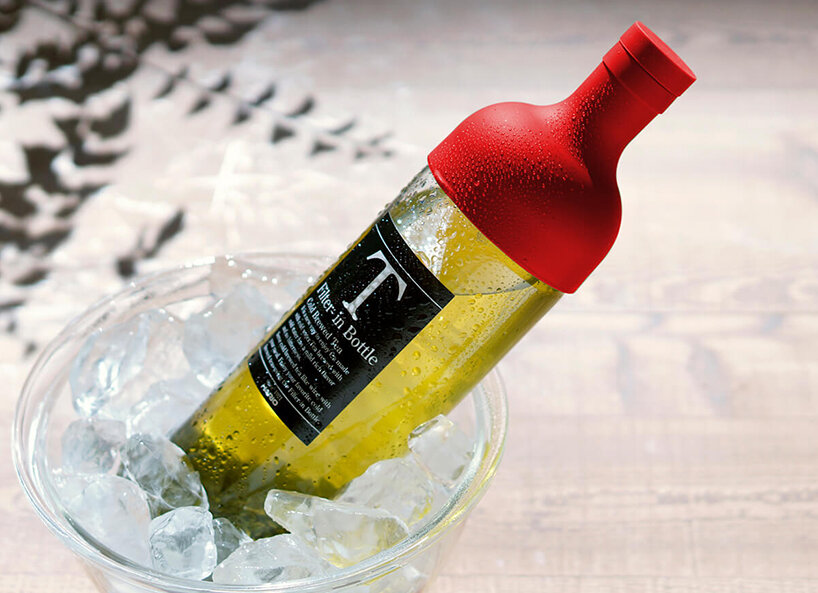










-from-the-yakiyaki-grill-pan.jpg)




